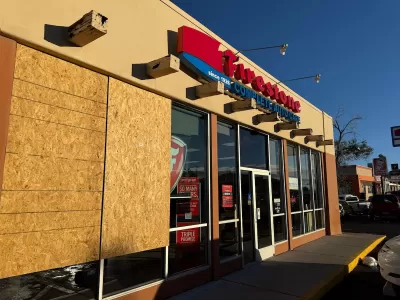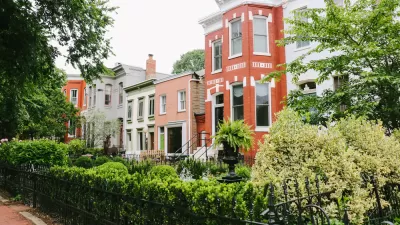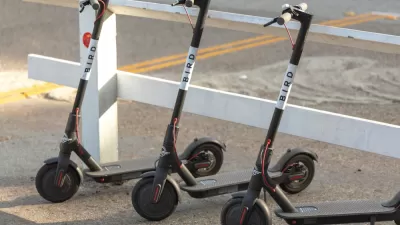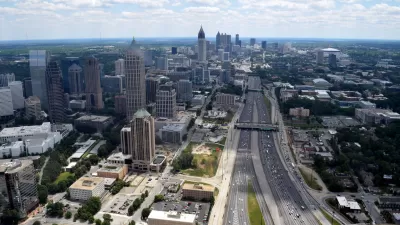To balance the interests of current residents and economic well-being, does a city's signature identity need an update?

Discussing an ongoing initiative of Friends of Architecture Santa Fe, Chuck Wolfe describes the organization's efforts to reimagine a "Santa Fe Style" that is more inclusive and reflective of current challenges than the original City Beautiful formulations, blending Pueblo Revival with more contemporary designs that reflect the multicultural heritage of its residents, as well as modern challenges such as climate change, enhanced walkability, more creative use of density, and housing affordability.
He considers the role of design and historic preservation reviews, as well as different approaches from his experience and research, and endorses the Friends approach as a positive example of a pluralistic and co-created approach.
He concludes:
In keeping with my experiences elsewhere and related research, I appreciate Friends’ advocacy of an essential and sincere dialogue about reshaping the narrative around the Santa Fe Style and avoiding physical determinism, where the built environment and framing decisions over-dictates social and other environmental outcomes.
Tweaking plan language and employing regulatory tools are not enough; a focused, contextual, and collaborative approach involving city planners, businesses, community leaders, and residents is crucial for crafting a vision that genuinely reflects the values and needs of all inhabitants.
FULL STORY: How to Avoid a Misplaced Place

Alabama: Trump Terminates Settlements for Black Communities Harmed By Raw Sewage
Trump deemed the landmark civil rights agreement “illegal DEI and environmental justice policy.”

Planetizen Federal Action Tracker
A weekly monitor of how Trump’s orders and actions are impacting planners and planning in America.

The 120 Year Old Tiny Home Villages That Sheltered San Francisco’s Earthquake Refugees
More than a century ago, San Francisco mobilized to house thousands of residents displaced by the 1906 earthquake. Could their strategy offer a model for the present?

San Francisco Opens Park on Former Great Highway
The Sunset Dunes park’s grand opening attracted both fans and detractors.

Oregon Legislature to Consider Transit Funding Laws
One proposal would increase the state’s payroll tax by .08% to fund transit agencies and expand service.

Housing Vouchers as a Key Piece of Houston’s Housing Strategy
The Houston Housing Authority supports 19,000 households through the housing voucher program.
Urban Design for Planners 1: Software Tools
This six-course series explores essential urban design concepts using open source software and equips planners with the tools they need to participate fully in the urban design process.
Planning for Universal Design
Learn the tools for implementing Universal Design in planning regulations.
Clanton & Associates, Inc.
Jessamine County Fiscal Court
Institute for Housing and Urban Development Studies (IHS)
City of Grandview
Harvard GSD Executive Education
Toledo-Lucas County Plan Commissions
Salt Lake City
NYU Wagner Graduate School of Public Service





























